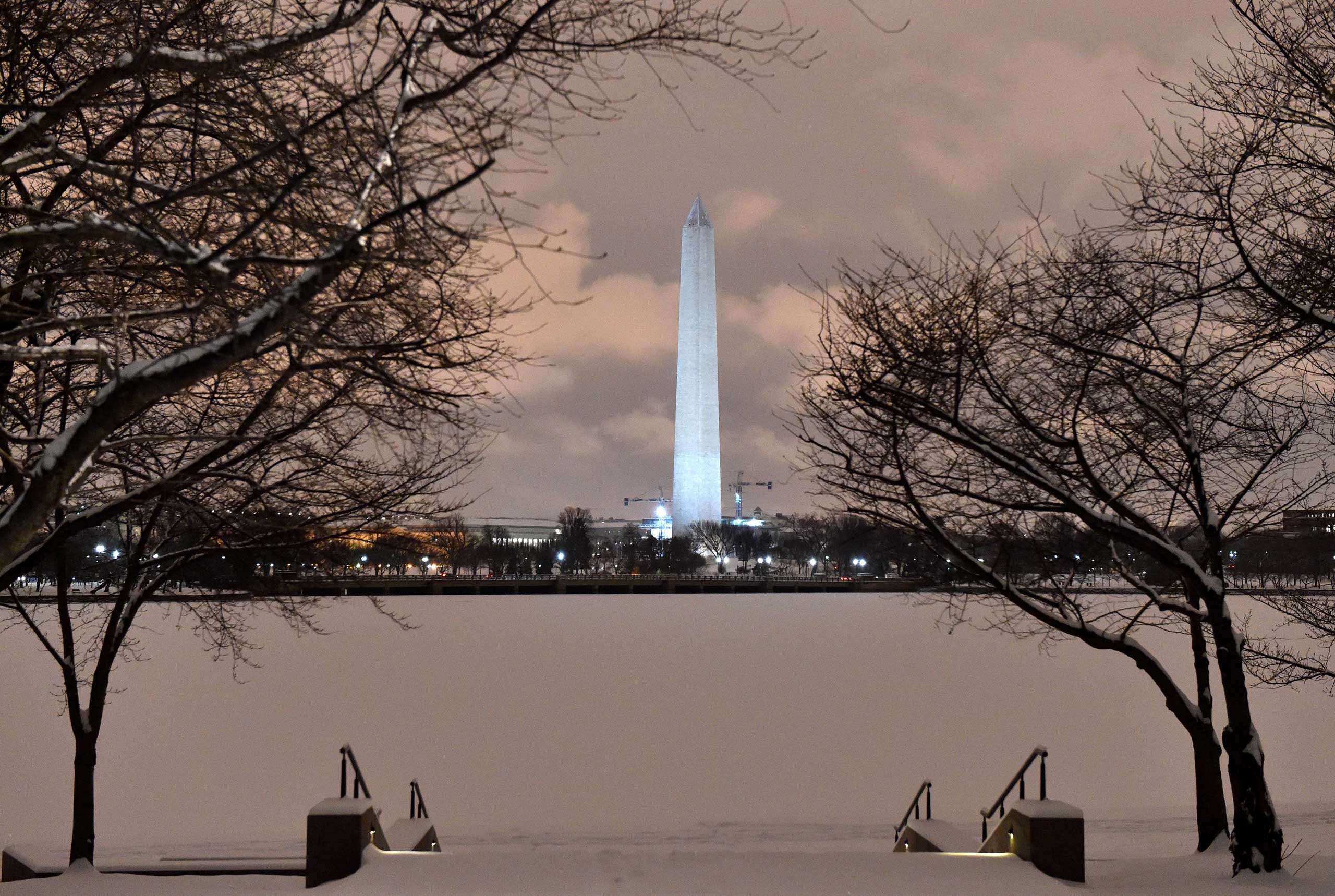A significant winter storm has impacted the Washington D.C. area, bringing heavy snowfall and icy conditions that have led to the closure of schools across D.C., Maryland, and Virginia. The storm, which began early in the morning, caught many residents off guard with its intensity and rapid accumulation of snow. Local meteorologists had warned of potential severe weather, but the actual conditions exceeded initial forecasts, leading to hazardous travel conditions and significant disruptions in daily life.
In Washington D.C., the snow began falling steadily, blanketing the city in white within a matter of hours. The District’s public school system announced closures early in the morning, prioritizing the safety of students and staff. Parents received notifications via email and text messages, informing them of the decision to close schools for the day. Many families scrambled to adjust their plans, as students prepared to stay home instead of attending classes.
Similarly, school districts in Maryland and Virginia followed suit. In Maryland, counties such as Montgomery, Prince George’s, and Howard announced closures, citing the treacherous road conditions and the need for snow removal efforts. The Maryland State Highway Administration reported that crews were deployed to clear major roadways, but many secondary roads remained unplowed, making travel dangerous for residents. Officials urged residents to stay off the roads unless absolutely necessary.
In Virginia, school closures were also widespread, affecting districts in Northern Virginia, including Fairfax and Arlington. The Virginia Department of Transportation reported that snow plows were working around the clock to clear highways and main roads, but the accumulation of snow made some areas difficult to navigate. Local authorities emphasized the importance of heeding weather advisories and staying indoors during the worst of the storm.
The winter storm not only affected school schedules but also disrupted various services and operations across the region. Public transportation systems experienced delays and cancellations, further complicating travel for those who needed to commute. Many businesses opted to close for the day, prioritizing the safety of their employees and customers. Grocery stores saw an influx of shoppers in the days leading up to the storm, as residents stocked up on essentials in anticipation of potential power outages and travel restrictions.
As the storm continued to evolve, local governments activated emergency response plans to assist residents in need. Shelters were opened for those who required a warm place to stay, and community organizations mobilized to provide food and resources to vulnerable populations. The National Guard was put on standby to assist with any emergency situations that may arise as a result of the storm’s impact.
In the days following the storm, cleanup efforts began in earnest. Snow removal crews worked diligently to clear streets and sidewalks, while residents took to shoveling their driveways and pathways. Many communities organized snow removal assistance programs for elderly or disabled residents who may have difficulty managing the snow on their own. The sense of community was evident as neighbors helped one another navigate the aftermath of the storm.
As the region begins to recover from the winter storm, officials are reminding residents to remain cautious. Black ice is a significant concern in the days following heavy snowfall, and many roads may still be hazardous. Authorities continue to monitor conditions closely and provide updates on travel advisories and safety recommendations.
In conclusion, the winter storm that hit Washington D.C., Maryland, and Virginia has had a profound impact on the region, leading to widespread school closures and disruptions in daily life. As communities come together to recover from the storm’s effects, the importance of safety and preparedness remains paramount. Residents are encouraged to stay informed and take necessary precautions as they navigate the challenges posed by winter weather.



